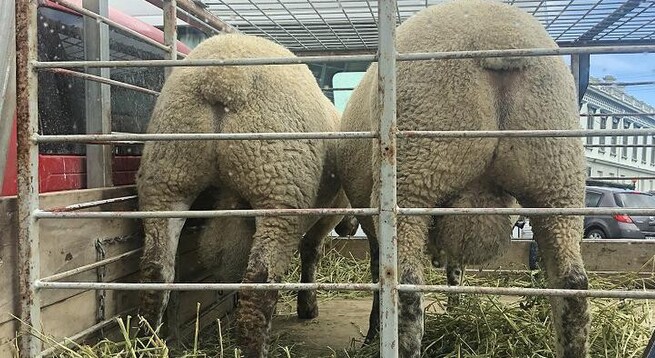With Summer just around the corner and mating following soon after, in February you will find many of our vets behind large numbers of rams having a good feel of their testicles. So why are we doing this?
Ram testicles are not all the same, and they don’t all work from one year to the next. Ram palpations are a much more reliable way of predicting the likely fertility of your ram than a single semen sample. If your rams, and their testicles, are not in tip-top condition, you can be left with a poor scanning result, and at that point, your lambing potential is set for the season.
So what are we looking for when we palpate rams?
The size of a ram's testicles can vary considerably depending on age, health, and season. A sound ram has two testicles of a certain size and firmness, with no lumps or skin damage. Bigger is definitely better! Larger testicles produce more sperm per day than normal testicles.
Defects we normally find include:
- Abscesses
- Cryptorchidism (no testicles present)
- Epididymitis (lumps present in the tubes surrounding the testicle)
- Hernias
- Micro-orchidism (one or both testicles are underdeveloped)
- Mono-orchidism (one testicle present)
- Scarring and damage to the testicle or scrotum
- Scrotal damage
When do we want to palpate?
We want to palpate rams a minimum of 6 weeks prior to mating. This allows enough time for infertile or unsound rams to be treated or replaced.
Ram palpitations are also a great time to make teasers. Rams chosen for vasectomy should be young, strong, and healthy.
If you have any questions, or to book in your rams for palpation, call your closest clinic (0800 VETSOUTH).
- Emily Chisholm

